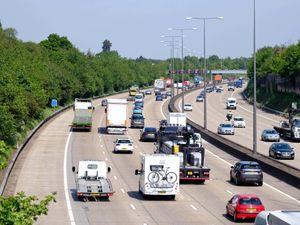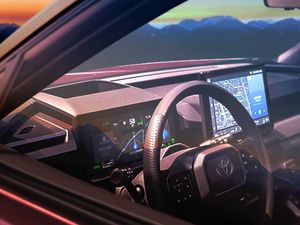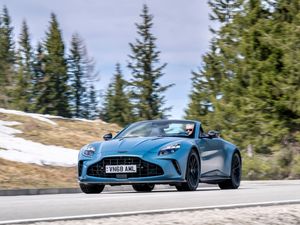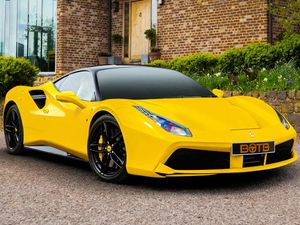Review: Honda Insight
Bob Hickman checks out the Insight, an electric hybrid from Honda that is cutting the cost of motoring.
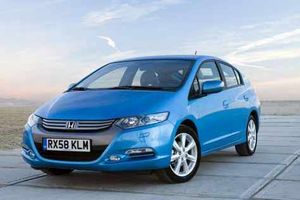

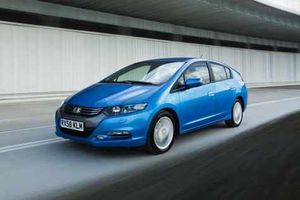
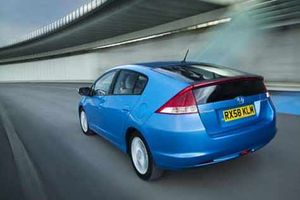
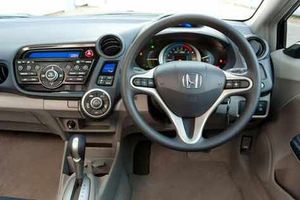
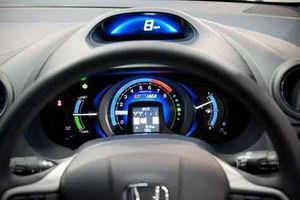
Honda has always been at the forefront of technology, the development in the engine world on two or four wheels or even in the humble lawn mower have been staggering.
The technology has been achieved normally in the race world either on two wheels or on four, but has always translated into the product that everyone can buy.
Now Honda is pushing the technological barriers even further with the arrival of the Honda Insight.
Honda has previously tried with an electrically operated vehicle but this new Insight really does introduce a more affordable family hybrid car. The Insight is a five-door family hatch with a petrol electric operating system for the motive power.
Affordable
Without doubt it is going to be one of the most affordable hybrids on the market and in this day and age of the green lobby getting ever stronger the low emissions and fantastic fuel economy really make the vehicle an even more attractive option.
The design isn't too bad either, it's aerodynamic, and it looks quite sleek, although I reserve judgment on the rear slab end. The front certainly ticks the boxes for me; the vehicle itself is practical and spacious and can comfortably accommodate five passengers.
Value for money is in the realms of being OK as with all Hondas they were never the cheap and cheerful, but this particular one certainly does tick more of those boxes. Of course let's not forget Honda's enviable build quality and the low running costs that we normally attribute to this particular range.
Honda has attempted to make the vehicle more normal, it is more conventional looking and it has conventional driving characteristics. In fact there is no compromise with the driving experience which really does make life very, very easy.
The weight saving has been dramatic primarily due to the new technology in batteries which have moved onwards and forwards as we all appreciate with our new mobile phones and cam recorders. The batteries are so miniscule but the power that they produce really is excellent.
Connected
The Honda drive system itself is very simple, it is an electric motor/ generator, which is actually connected directly to the engine and of course this reduces costs dramatically in comparison with other manufacturers who have attempted to go down a similar route.
The system allows assistance to the petrol engine, it is not possible for example to actually drive away just by electric motor battery power, the petrol engine is the motive power and the electric motor assists it. When on the move and in certain circumstances the electric motor can provide the motive power.
Also on decelerating or coasting the motor has the effect of operating as a generator and puts power back in to the batteries. The battery power itself is fitted in to the rear of the vehicle and it is below the boot floor.
This is the new type of nickel hydropower; they are smaller but provide certainly far greater amount of power than previous ones with a huge weight reduction which makes a more compact design and the weight saving is incredible.
The boffins at Honda have suggested that the battery life span could be as much as 200,000 miles and in this day and age of vehicles only having a life expectancy of 10 years then there should not be a problem with the battery life, and in fact Honda is offering a eight-year warranty on the electric power source.
What is it like to drive? It is very much the same as driving an ordinary car. Yes there is an absolute plethora of read outs on the dashboard, very colourful and very instructive and you can if you are not careful become obsessed with trying to get maximum economy.
This to me can sometimes detract from the safe aspect of your driving if you are not careful.
Maximum economy
On a reasonably involved driving route which incorporated town centre, motorway, dual carriageway, and a bit of stop start in 37 miles, I achieved an average of 27 mph. What was staggering was the 61.9 mpg, and I wasn't really trying for maximum economy.
When you consider that Honda claims the combined figure of 64.2 mpg and the CO2 emissions of a mere 102, my 61.9 mpg was actually on the money and for once I felt the figures quoted could be achievable.
The engine is 1399 cc petrol, which is an economical engine obviously but with the added attraction of the electrics makes it a super economical vehicle. A top speed of 113 mph and a 0-60 in 12.5 seconds also suggests that this vehicle really will be a top seller.
The dashboard display has an eco-assist, this is to encourage you to drive smoothly. There is a bar indicator in the display and is a further meter behind the speedo and they are synchronised. The drive bar being a solid symbol moves either side of a central line and you have to try to keep it in the middle.
If you venture too far to the right you are using too much power, so you need to keep it in the middle. The other meter is more user friendly than trying to keep a needle in the middle of a gauge and it glows.
If you are driving properly it is a nice warm green, but woe betide you if you put your foot down too quickly or you brake too harshly and it glares blue. The object is to keep it green, as is the vehicle's own aspect.
Insights are available to order for delivery now and the two derivatives which are extremely highly specified will be priced from £14,995.
View our gallery of the Honda Insight

